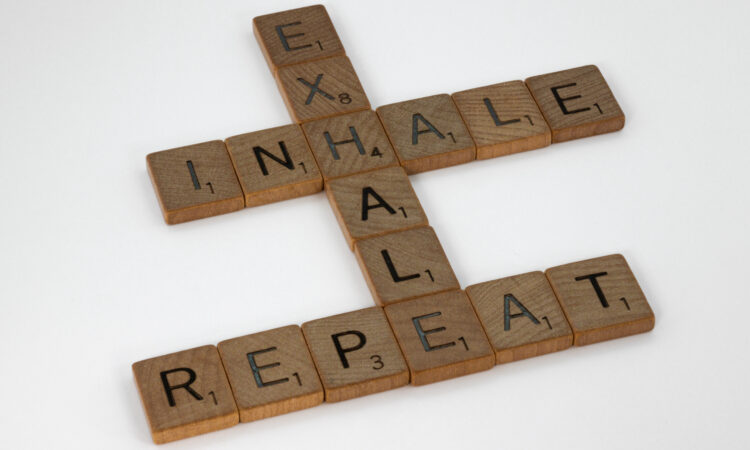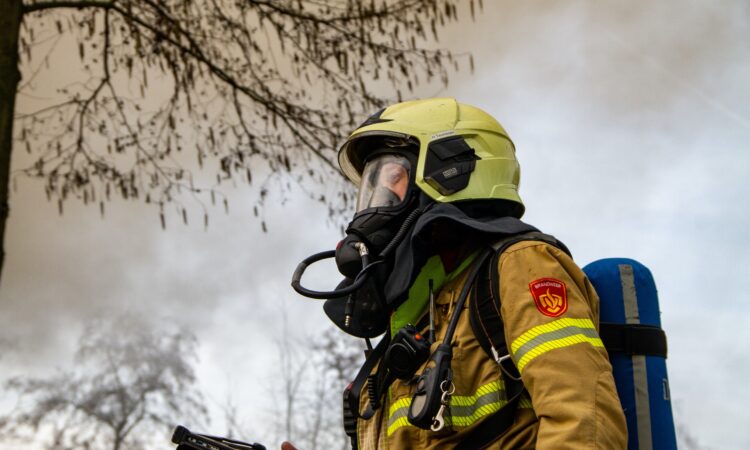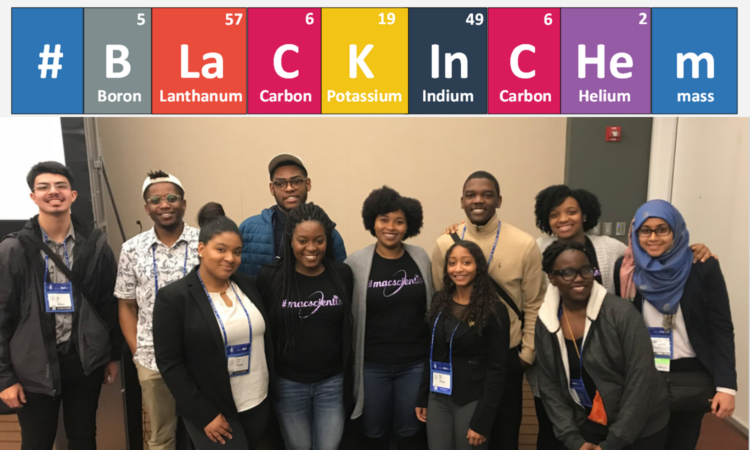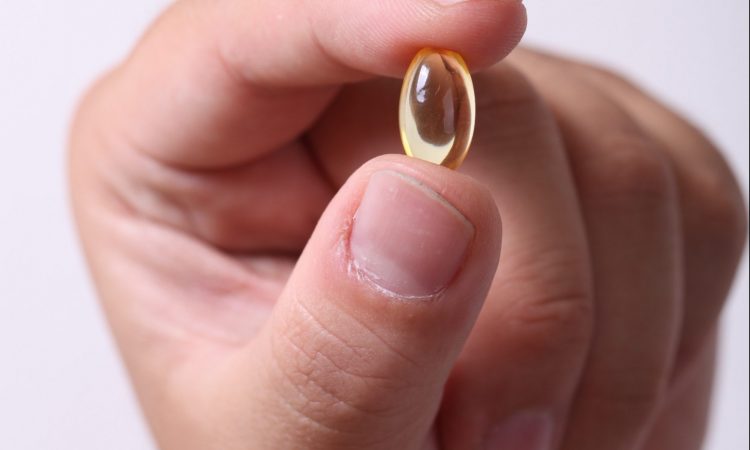Zinc oxide nanoparticles offer a potential solution to mitigate biofouling in ultrafiltration membrane systems.
How Analytical Chemistry Helped to Reveal Our Coal Burning Past
The relationship between humans and this strange sediment may go back further than you think…
Polymers Allow Magnesium Batteries to Store More Energy
Article Title: Poly(2,6-anthraquinonyl disulfide) as a high capacity and high-power cathode for rechargeablemagnesium batteries: extra capacity provided bythe disulfide group Authors: Xin Ren, Donggang Tao, Yudi Tang, Yuliang Cao and Fei Xu Journal: Journal of Materials Chemistry A Year: 2023 Image credit: Warut Roonguthai As the…
Just Breathe: Detecting Diseases with Exhaled Breath
Researchers utilize a mass spectrometry method to detected biomarkers relevant for identifying respiratory diseases in exhaled breath.
Are you inhaling plastics?
Title: Microplastics in the atmosphere of Ahvaz City, IranAuthors: Sajjad Abbasi, Neamatollah Jaafarzadeh, Amir Zahedi, Maryam Ravanbakhsh, Somayeh Abbaszadeh & Andrew Turner.Journal: Journal of Environmental SciencesYear: 2023 Since the invention of plastics, humanity has found countless uses for this class of wonder-materials. From drinking straws to…
Tires in your salad? Lettuce absorbs pollutants from tire wear, study finds
Researchers show that lettuce plants can metabolize tire wear products into new compounds with unknown toxicities.
Toxic food for thought: detecting illegally added chemicals in fresh food products
Researchers develop a novel method for detecting illegally added formaldehyde in food products.
Molecular Docking Techniques Reveal Molecular Interactions Between Novel Antifreeze Peptides and Ice Crystal Growth
The use of molecular docking techniques aid investigation of molecular mechanisms and development of novel antifreeze peptides for applications in the food industry.
Miniature Device Detects Antibiotic-Resistant Bacteria With Ease
A hand-held device to detect antibiotic resistant bacteria? Some researchers in Singapore made this idea a reality.
Soaking up the sand: using solvents to detect chemical warfare agents
Researchers explore the best options for extracting nitrogen mustards, a chemical warfare agent, from sand.
Just Breathe… A Cutting-Edge Method to Diagnose Lung Cancer
Can exhaled breath be used to diagnose lung cancer? A recent study explores this possibility.
Development of Novel Microchamber for Sulfite Quantification in Wine
Development of novel microchamber with graphene-based electrochemical sensor provides a portable and commercial method for sulfite quantification in wine.
Identifying toxic pesticides with microbial electricity
Some pesticides function similarly to the nerve agent sarin, and their ubiquitous use makes them a constant health hazard if unmonitored. Chemists designed a dual-microbe sensor to selectively and sensitively determine when the hazardous chemicals are nearby.
Novel Fluorogenic Probes Provide Polarity Specific Detection of Cancer Cell Membranes
Development of novel fluorogenic probes provide valuable insights regarding the polarity of cancer cell membranes.
Boosting student confidence with micropipette color wheels
Many students learn about how to use the persnickety micropipette while performing other,critical reactions. However instructors at Montmouth College designed a unique teaching exercise to instill confident micropipette usage using color wheels.
Ozone Is The Key To Effective Lipid Detection And Isomer Resolution
Lipids are an important class of biological molecules where the physical and chemical structure will impact its function in our body. Effective lipid detection and analysis are key to understanding specific lipid interactions and overall biological impact. This paper discusses development of new analytical detection technique for mass spectrometry which provides greater insight into lipid biological chemistry.
The Montreal Protocol – a policy saving lives by closing the Antarctic ozone hole
Since it’s ratification in 1987, the Montreal Protocol has saved millions of people from skin cancer and cataracts. This success is due to global collaboration and an effective use of science in policy.
Measuring Pollutants in Urban River Sediments
Title: Organophosphate Diesters in Urban River Sediment from SouthChina: Call for More Research on Their Occurrence and Fate in FieldEnvironment Authors: Chan Liang, Bo Peng, Gao-Ling Wei, Yanyan Gong, Guoqiang Liu, Lixi Zeng, Liang-Ying Liu, and Eddy Y. Zeng Journal: ACS EST Water 2021, 1, 4, 871–880 Organophosphate triesters are used as flame retardants, as well as…
#BlackInChem: Creating Support and Community for Black Women in STEM
Devin Swiner, one of the founders for #BlackInChem, shares what’s she’s learned, the hard-won wisdom she has earned as a Black woman in analytical chemistry.
Monitoring plant maturation with a Wack reaction
When the authors’ blurb about their own work is “Okay, bloomer,” you know you have to read it.
The Smell of Success
Although skunks are nocturnal animals that prefer their own company, they won’t hesitate to spray potential predators, people or pets with fluid from their anal glands. For many years, these anal secretions have fascinated natural products chemists but repelled most of the rest of us. Learn about a new way to “de-skunk” from researchers at the University of Oklahoma.
Now slide real smooth: Using peptide coatings to prevent biofilm formation
When it comes to milk, preventing bacterial contamination on dairy equipment is key. Researchers in Israel developed a biological coating to prevent biofilm formation and keep their moo-juice fresh and clean.
Delicious diagnosis – real-time glucose analysis straight from your gut
Scientists from UCSD and Compultense University developed non-invasive tools to measure gastrointestinal distress, monitoring chemical markers in real-time.
Light me up: can visible light impact forensic luminol reactions?
Crime scene techs use luminol to reveal latent bloodstains – can normal, visible light increase the reaction’s sensitivity?
Fishing for bacteria with gold and DNA
What happens when you bring DNA strands, gold nanoparticles, conformation-induced color changes, and a highly-intrusive bacterium together? A field-portable, inexpensive test for the world’s greatest bacterial threats.

























